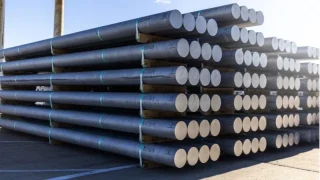
Australians were told that renewable energy would bring cheaper power. Yet, electricity bills remain high, with many households struggling to manage the additional pressure on their family budgets. Surveys show energy costs are now the second-biggest cost-of-living concern, just behind groceries.
As Australia loses our cheap energy advantage, taxpayers are being forced to subsidise energy-intensive industries, including smelters and steel works.
Why renewables aren’t delivering cheaper power
The problem is not simply fuel prices or company profits. The deeper issue is that wind and solar are intermittent. They only generate energy when the weather allows. To maintain grid stability, governments and industry must invest in storage, transmission, and system stability measures. These additional costs are unavoidable and are passed through to households and businesses.
Paying more to keep the transition alive
The transition is proving more expensive as investment in new capacity slows. Capture prices for wind and solar are falling, reducing the commercial incentive for private projects. To keep the rollout on track, governments have scaled up subsidies and underwriting schemes, such as the Capacity Investment Scheme. Public financing through the CEFC and Rewiring the Nation is helping to fill the investment gap. International evidence is clear. As explained in a new CIS paper, The Renewable Energy Honeymoon: starting is easy, the rest is hard, countries with the highest shares of wind and solar consistently have higher household electricity prices. There are no examples of both low-cost power and high renewables penetration. Australia’s path is not unique, and the global experience should be a warning.
The required transmission build-out this decade is unprecedented. Projects often face sharp cost blowouts arising from the challenge of delivering multiple large builds simultaneously. This adds further pressure to household bills and raises questions about feasibility of government targets. At the same time, the rapid exit of coal and gas is increasing price volatility in wholesale markets, which retailers must pass on to households.
Read the full newsletter by downloading it here.











